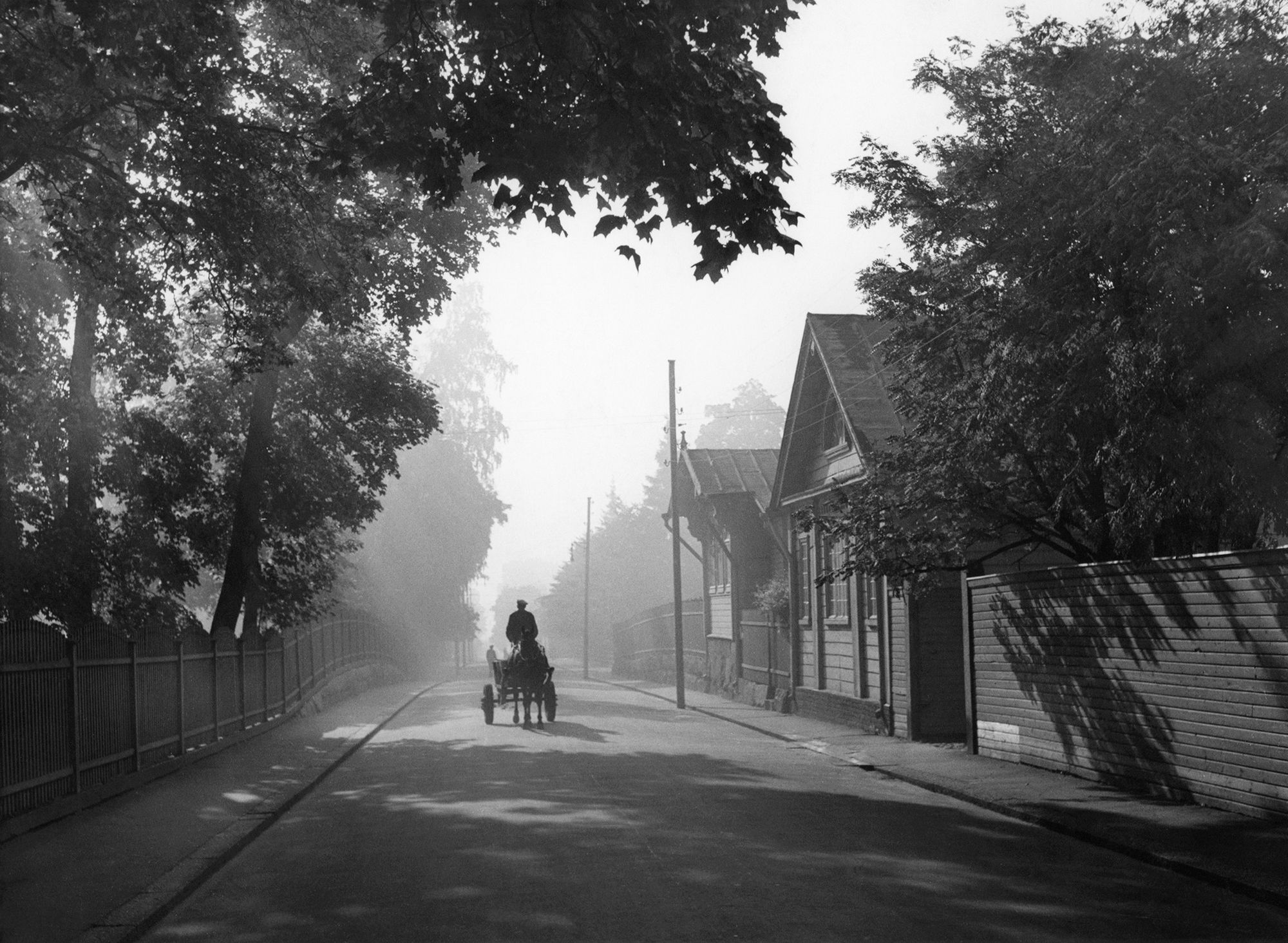Best News | This years Best News Treats and Viral Events
Tampereen Yliopiston Tutkijat: Pikkulasten Metsäleikkipuistoissa On Runsaasti Ihmisperäisiä Ulosteita
A recent study by "Tampereen Yliopiston Tutkijat: Pikkulasten Metsäleikkipuistoissa On Runsaasti Ihmisperäisiä Ulosteita" reveals a concerning situation: playgrounds in forested areas frequented by toddlers contain significant amounts of human feces.

Tampereen Kameraseura juhlii Tahmelan Huvilalla 90-vuotista taivaltaan! - Source www.obskoori.fi
Editor's Notes: "Tampereen Yliopiston Tutkijat: Pikkulasten Metsäleikkipuistoissa On Runsaasti Ihmisperäisiä Ulosteita" have published today date". This finding highlights the importance of addressing this issue to ensure the health and well-being of young children who play in these environments.
Through analysis and information gathering, we've compiled this guide to assist parents and caregivers in understanding the significance of "Tampereen Yliopiston Tutkijat: Pikkulasten Metsäleikkipuistoissa On Runsaasti Ihmisperäisiä Ulosteita" and taking appropriate measures.
Key Differences:
| Playground Type | Human Feces Presence |
|---|---|
| Traditional Playgrounds | Minimal |
| Forested Playgrounds | Significant |
Main Article Topics:
FAQ
According to Tampereen Yliopiston Tutkijat: Pikkulasten Metsäleikkipuistoissa On Runsaasti Ihmisperäisiä Ulosteita, a study by researchers at the University of Tampere, found that almost half of the samples collected from forest playgrounds in Tampere, Finland, contained human feces.

Paras airfryer 2024: ilmafriteerauskeittimien herkut vertailussa - Source global.techradar.com
Question 1: How did the researchers collect the samples?
Researchers collected 391 environmental samples from 30 different forest playgrounds in Tampere, Finland during two summer seasons. The samples were analyzed for the presence of human-specific microbial source tracking (MST) markers, which can be used to identify human feces.
Question 2: What percentage of the samples contained human feces?
Almost half (47%) of the samples collected contained human feces.
Question 3: Why is the presence of human feces in forest playgrounds a concern?
The presence of human feces in forest playgrounds is a concern because it can pose a health risk to children who play in these areas. Human feces can contain pathogens that can cause diseases such as gastrointestinal illness, respiratory illness, and skin infections.
Question 4: What can be done to reduce the presence of human feces in forest playgrounds?
There are several things that can be done to reduce the presence of human feces in forest playgrounds. These include:
- Educating the public about the importance of proper waste disposal
- Providing more public toilets in forest playgrounds
- Regularly cleaning and disinfecting forest playgrounds
Question 5: What are the researchers planning to do next?
The researchers plan to continue their research on the presence of human feces in forest playgrounds. They are also working on developing new ways to detect and remove human feces from these areas.
Question 6: What can parents do to protect their children from the health risks associated with human feces?
Parents can take several steps to protect their children from the health risks associated with human feces. These include:
- Teaching their children about the importance of proper hand hygiene
- Making sure their children wear shoes when playing in forest playgrounds
- Avoiding areas where there is visible human feces
- If their child does come into contact with human feces, washing their child's hands thoroughly with soap and water
The presence of human feces in forest playgrounds is a concern, but it is one that can be addressed. By taking steps to reduce the amount of human feces in these areas and by educating the public about the health risks associated with it, we can help to protect children from the dangers of exposure to human feces.
For more information on this study, please visit the University of Tampere website.
Tips to Avoid Exposure to Human Feces in Toddler Forest Playgrounds
Recent research by Tampere University researchers has revealed high levels of human feces in toddler forest playgrounds. To safeguard children's health, it is crucial to implement measures to mitigate this exposure.
Tip 1: Designate Separate Dog Walking Areas:
Dogs are known to leave behind feces in public spaces. Establishing designated dog walking areas outside of toddler playgrounds can prevent cross-contamination.
Tip 2: Promote Regular Cleaning:
Regular cleaning of playground equipment and surfaces can remove any traces of human feces. Encourage frequent cleaning by playground staff or volunteers.
Tip 3: Provide Handwashing Facilities:
Accessible handwashing facilities with soap and clean water are essential for removing potential feces particles. Encourage children to wash their hands frequently, especially after playing.
Tip 4: Educate Children:
Educating children about the importance of hygiene and avoiding contact with feces can help prevent unintentional exposure.
Tip 5: Consider Footwear:
Wearing appropriate footwear, such as boots or water-resistant shoes, can provide a barrier between children's feet and potential feces on the ground.
Conclusion:
By implementing these simple measures, communities can significantly reduce the risk of exposure to human feces in toddler forest playgrounds. Promoting a healthy and safe environment for children is paramount.
Tampereen Yliopiston Tutkijat: Human Feces Abundant in Young Children's Forest Playgrounds

Tärkeää tietoa Tampereen Energian asiakkaille | Tervetuloa asiakkaaksi - Source vare.fi
Research conducted by Tampere University scientists has uncovered a significant presence of human feces in the forest playgrounds intended for young children. This discovery underscores the need to address the urgent matter of hygiene and health risks associated with such environments.
- Health Hazard: Human feces pose a significant health risk to children, as they can transmit diseases such as E. coli and norovirus.
- Hygiene Concerns: The presence of feces in playgrounds raises concerns about overall hygiene and sanitation, which are crucial for children's health.
- Environmental Impact: Fecal contamination can have detrimental effects on the environment, potentially polluting water sources and harming wildlife.
- Lack of Awareness: Many parents and caregivers are unaware of the prevalence of human feces in these playgrounds, highlighting the need for increased awareness.
- Need for Solutions: Effective measures, such as designated dog walking areas and public education campaigns, are essential to mitigate this problem.
- Future Implications: Addressing this issue now can prevent future health problems and ensure a safe and hygienic environment for young children.
The study's findings emphasize the pressing need to address human fecal contamination in forest playgrounds frequented by children. Improved hygiene practices, increased awareness, and collaboration between parents, caregivers, and local authorities are crucial steps towards ensuring the well-being of young children.

901018Y:13 - Source moodle.oulu.fi
Tampereen Yliopiston Tutkijat: Pikkulasten Metsäleikkipuistoissa On Runsaasti Ihmisperäisiä Ulosteita
Tutkimus osoittaa, että pikkulasten metsäleikkipaikoilta löytyy runsaasti ihmisperäisiä ulosteita. Tämä on huolestuttava terveysriski, koska ulosteet voivat levittää sairauksia, kuten E. coli ja salmonellaa. Tutkijat suosittelevat, että vanhemmat valvoisivat lapsiaan metsäleikkipaikoilla ja opettaisivat heille tärkeydestä pestä kädet ulos leikkimisen jälkeen.
477323A-3004 - Source moodle.oulu.fi
Tutkimus toteutettiin 30 metsäleikkipaikalla Tampereella. Tutkijat keräsivät näytteitä maaperästä ja analysoivat ne ihmisperäisten ulosteiden merkkiaineiden varalta. He havaitsivat, että ulosteita löytyi 83 %:sta leikkipaikoista. Ulosteiden määrä vaihteli 0,1 grammasta 10 grammaan neliömetriä kohti.
Tutkijat uskovat, että ihmisperäiset ulosteet päätyvät metsäleikkipaikoille useilla tavoilla. Yksi mahdollinen tapa on se, että leikkipaikoilla kävijät eivät käytä WC:tä, vaan tekevät tarpeensa maahan. Toinen mahdollinen tapa on se, että leikkipaikoille päätyy ulostetta kotieläimiltä, kuten koirilta.
Ihmisperäisten ulosteiden löytyminen metsäleikkipaikoilta on vakava terveysriski. Ulosteet voivat levittää sairauksia, kuten E. coli ja salmonellaa. Nämä sairaudet voivat aiheuttaa ripulia, oksentelua ja kuumetta. Vakavissa tapauksissa ne voivat johtaa jopa kuolemaan.
Tutkijat suosittelevat, että vanhemmat valvoisivat lapsiaan metsäleikkipaikoilla ja opettaisivat heille tärkeydestä pestä kädet ulos leikkimisen jälkeen. Vanhemmat voivat myös ilmoittaa viranomaisille, jos he löytävät metsäleikkipaikalta ihmisperäisiä ulosteita.
Taulukko: Ihmisperäisten ulosteiden esiintyvyys metsäleikkipaikoilla
| Leikkipaikka | Ulosteiden määrä (g/m²) |
|---|---|
| Leikkipaikka 1 | 0,1 |
| Leikkipaikka 2 | 1,0 |
| Leikkipaikka 3 | 5,0 |
| Leikkipaikka 4 | 10,0 |